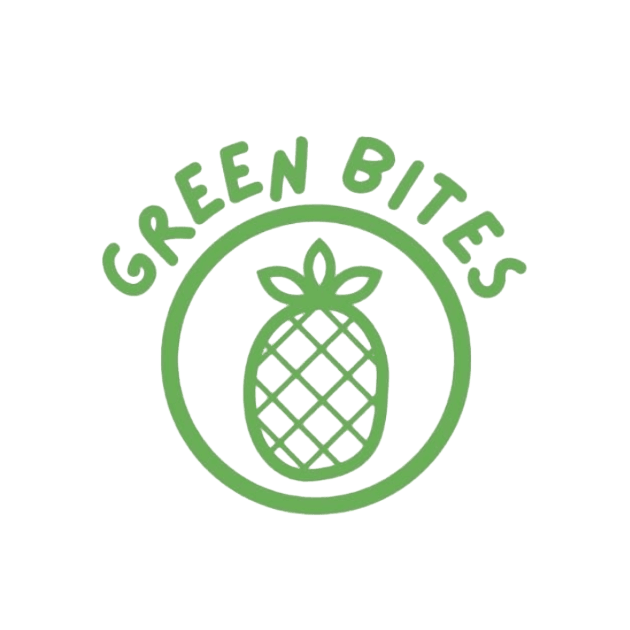Ingredient Angst: Get the Facts

9 June 2025
If there's one thing I appreciate about RFK Jr. as Health Secretary, it's that he's gotten food in the news. We're talking about it, and that's a start. But there's a heck of a lot of misinformation out there, so I wanted to take a minute to dispel a few myths:
Myth:The fewer the ingredients, the healthier the food.
While I advocate for a whole foods plant based diet, there are many multiple-ingredients foods that can fit into a healthy eating pattern. I admit I have promoted the few-ingredients theory myself, but I am willing to admit there is nuance to the discussion. After all, even milk is fortified with Vitamins A and D. And, for most people, a whole grain breakfast cereal that's fortified with a bunch of vitamins and minerals is a healthier breakfast than a bagel with cream cheese. Read the ingredients list - know what your putting in your body - then make an educated decision.
Myth: If you can't pronounce the ingredient - or it's not something you would find in your home kitchen - it's not good for you.
You knew I was going to stress nuance again, didn't you? Considering how many people have trouble saying my name (which only has 5 letters), I think it's fair to say that not all the nutritious ingredients in the world are simple to pronounce. Preservatives help keep our food safe, vitamins enrich it and other additives extend its storage life. These are good things. Before falling prey to an influencers' fear-mongering, consider that food additives are evaluated according to an acceptable daily intake (ADI), the amount that can be safely consumed daily over a lifetime without adverse health effects. If you stick to a balanced and varied whole-foods based diet, you will never consume any amount near the ADI.
Myth: Getting food dyes and harmful additives out of our food is the most effective way to improve public health.
I'm all for removing unnecessary dyes and flavorings (both “natural” and artificial). I look forward to the day when I can tell my students “eat the rainbow” without the qualifier “not skittles”, but IMHO making ultraprocessed food less unhealthy is not the answer. When we get most of our calories from whole grains, vegetables, fruits and legumes, a drop of red dye 40 is not going to break the bank. Food availability, affordability and safety are basic requirements; after that, the quality of the food can and should be considered, but red dye is a red herring.
Myth: Seed oils are the enemy. Why all the kerfuffle over canola, corn, cottonseed, flaxseed, grapeseed, hemp seed, rice bran, safflower, sesame, soybean and sunflower oils? I think first you have to ask two more questions: What foods contain the most seed oils and how do consumers mainly use them? The answers, of course, are “mainly ultraprocessed food” and “to fry food”, so…what did you expect? As with most nutrition choices, the answer is always relative. Are seed oils better than butter, when it comes to heart health and longevity? Yes. Should we aim to limit our consumption of processed oils altogether? Certainly. Are seed oils TOXIC? Nope.
Myth: Soy causes breast cancer. I just can't let this one slide, especially since I love tofu soy much! All human studies have demonstrated soy as having either no effect or a protective effect against breast cancer. Soy and other fiber-rich proteins may lower risk of several types of cancer. I recently had a chance to chime in on this topic with Cool Beans, 4 common soy myths, debunked. Remember, over 70% of the soy grown in the US is used for animal feed . Eat tofu…cut out the middleman [cow], improve health and reduce your foodprint!
Contact Green Bites
Let's Talk
I'll get back to you soon to discuss your needs.
